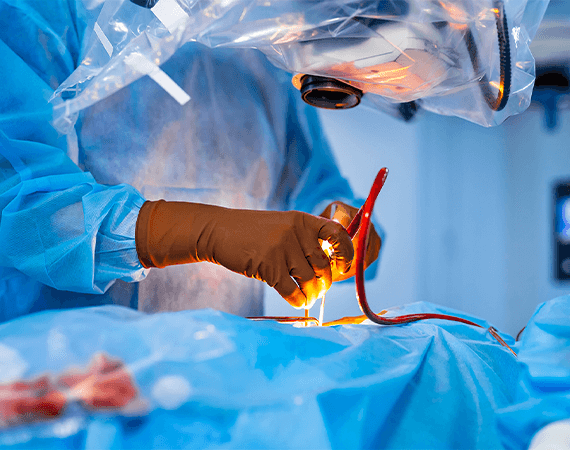
What is Bone Marrow Transplant?
A bone marrow transplant, also known as a stem cell transplant, involves the infusion of healthy blood-forming stem cells into the body to replace insufficiently functioning bone marrow. This procedure becomes necessary when the bone marrow fails to produce adequate healthy blood cells.
A bone marrow transplant can be categorized into autologous and allogeneic. In an autologous transplant, the healthy cells used for transplantation are derived from your own body. Conversely, in an allogeneic transplant, the cells are obtained from a donor.
When bone marrow function is compromised, leading to insufficient production of healthy blood cells, a bone marrow transplant may be recommended as a viable treatment option. Replacing the impaired bone marrow with healthy stem cells aims to restore the body's ability to generate a sufficient supply of vital blood cells.
Before the bone marrow transplant (BMT), a preparatory phase involving chemotherapy (chemo) and occasionally radiation is conducted to eliminate diseased cells and marrow. Following this, healthy cells are introduced into your body.
It's important to note that a bone marrow transplant does not involve surgery. The infusion of new cells occurs through an intravenous (IV) catheter or tube, similar to receiving blood transfusions or medication through an IV. These cells are introduced into your bloodstream and subsequently go to the bone marrow, where they establish themselves.
Why is it done?
A bone marrow transplant can serve the following purposes:
- Facilitate High-Dose Treatment: By replacing or rescuing the bone marrow damaged by intensive chemotherapy or radiation, a bone marrow transplant enables the safe administration of high doses of these treatments. This allows for more aggressive and effective cancer therapy.
- Restore Proper Bone Marrow Function: A bone marrow transplant can replace faulty or dysfunctional bone marrow with healthy stem cells when the bone marrow is not functioning adequately. This helps restore the average production of blood cells, such as red blood cells, white blood cells, and platelets.
- Directly Target Cancer Cells: A bone marrow transplant can provide new stem cells that can directly target and eliminate cancer cells. These transplanted stem cells can contribute to the destruction of cancer cells, promoting remission and improved outcomes.
Risks
Some potential risks associated with bone marrow transplant include:
- Graft-versus-Host Disease (GVHD)
- Infection
- Graft Failure or Rejection
- Organ Damage
- Infertility and Hormonal Changes
- New types of cancer
It's important to note that the risks and complications associated with bone marrow transplants can vary depending on factors such as the type of transplant, the underlying condition being treated, the health of the patient, and the specific protocols used. At Apex Hospitals, careful monitoring, management, and supportive care are integral to the transplant process to minimize these risks and optimize outcomes.
Health In A Snap, Just One App.
KNOW MORE
